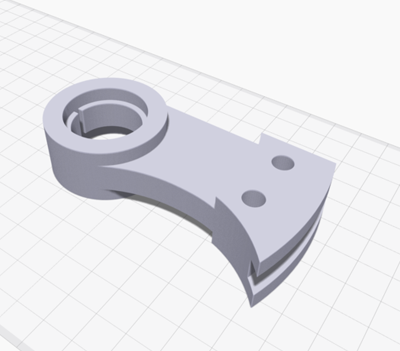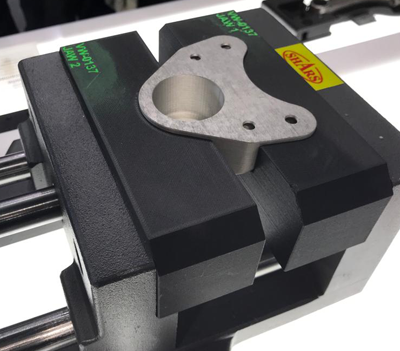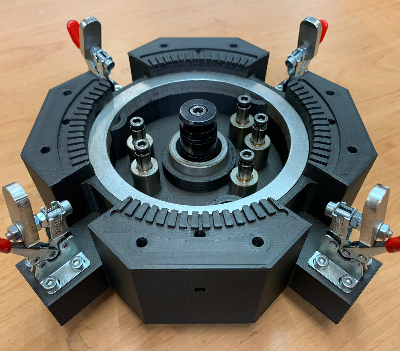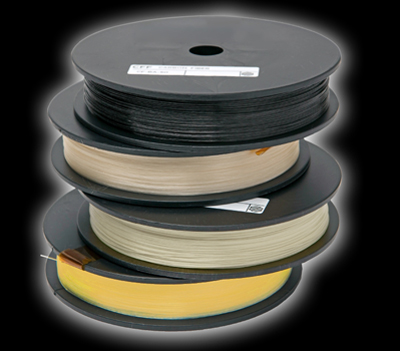Fieldmade AS is a technology company specializing in providing products and services to solve logistical challenges in additive manufacturing solutions. Fieldmade's products include digital inventory software, Nomad® products for on-site additive manufacturing, and digital supply chain consulting services.
Fieldmade AS supports mainly (but not exclusively) the energy and defense sectors.

At a glance:
Challenge
The benefits of additive manufacturing are becoming more apparent every day, and today, engineers want to take their printers into the field. Originally launched as a military research project, the need for an in-field printing solution had been evident for some time. The team at Fieldmade AS, the Norwegian logistics and supply chain specialist, recognized this and set out to solve the challenge of mobilizing 3D printing, especially for military applications. Having used Markforged equipment since 2016, the engineering team created a specification for an autonomous and sustainable in-field 3D printing solution based on a Markforged Mark Two printer. They made this decision based on their positive experience, which had resulted in high printing success rates, extremely durable parts, and high machine reliability.
CTO Svein Hjelmtveit explains: "We own a number of Markforged machines ourselves, so the decision to base the Nomad® LW project on the Markforged machine was an easy one. Recommending a machine that can be transported on trucks or packed in shipping containers and then airfreighted all over the world really wasn't a difficult decision." "Interestingly, there were two other advantages we gained from owning our own machines: 1. We could quickly develop a prototype of the entire solution on our own machine and test it thoroughly. 2. We knew the final solution had to be strong to withstand rough treatment.
That's why we 3D printed as many parts as possible in Onyx. It was much faster and 10 times cheaper than machining aluminum—the Markforged-printed components are robust and more than adequate for the task."
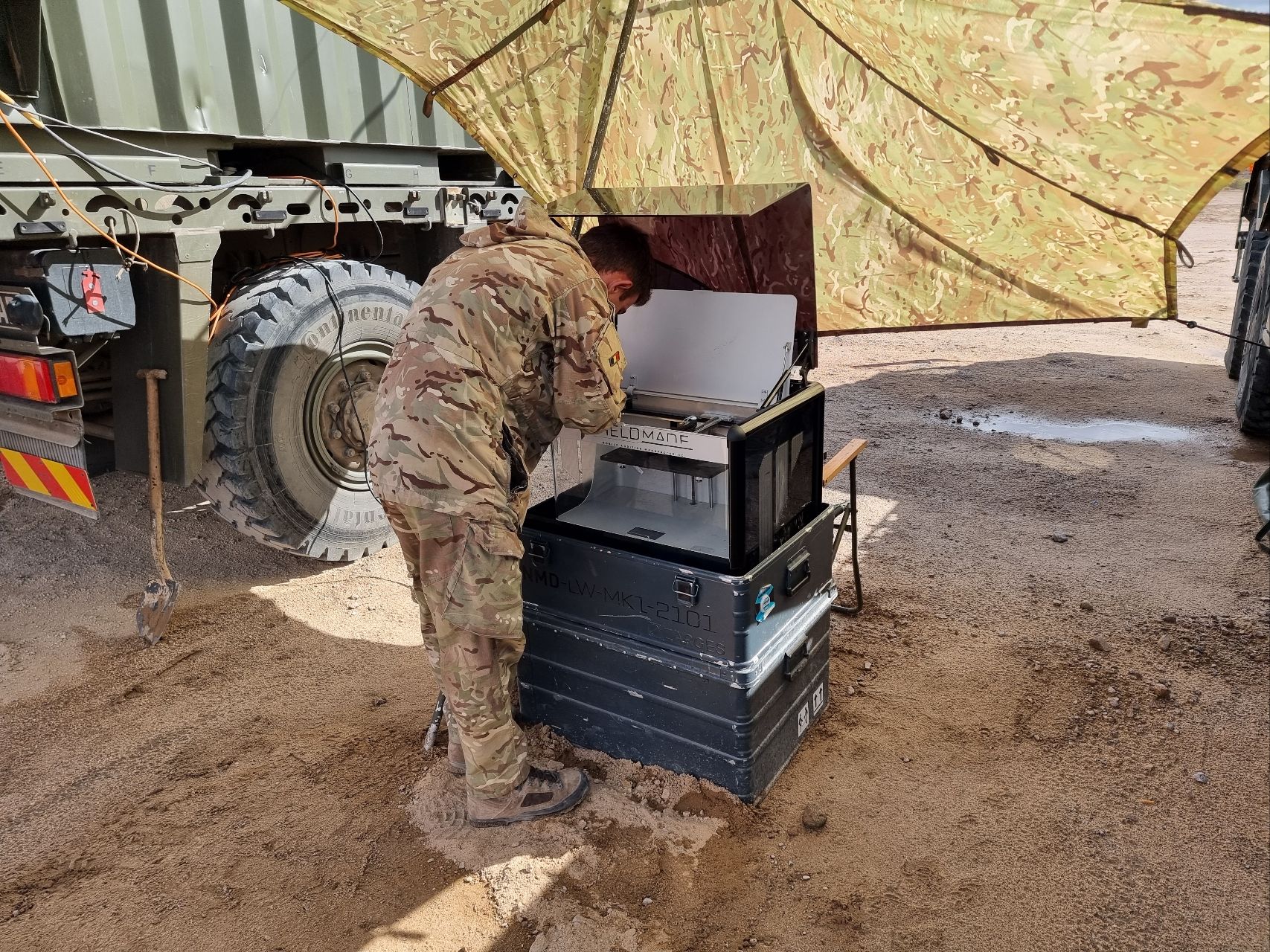
"In a strange way, our Markforged machines are self-replicating. Everything that can be 3D printed, either in onyx or composite, has already been printed."
– Ian Weston, Managing Director
specification
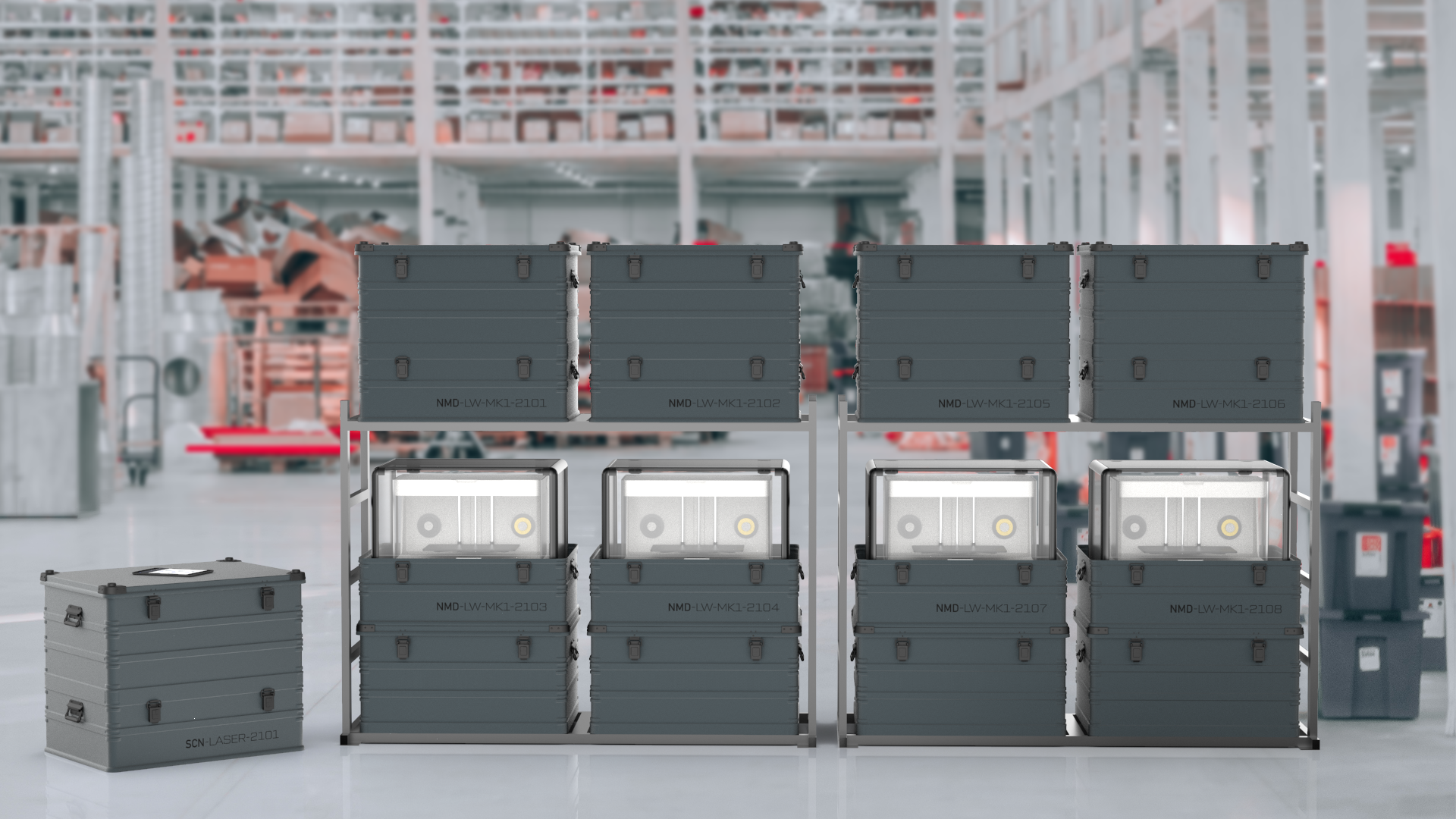
It was quickly realized that truly mobile printing was also a requirement, and the engineering team further developed the LW to incorporate several additional features, including operation without power, a stabilization system for mobile printing in rough terrain, and lockable wheels on the bottom of the (even more durable) travel case.
The first "mobile" printers quickly found their way into the hands of special forces and were tested for 12 months under a wide range of conditions. The deployments ranged from the extreme cold of the Nordic countries to scorching deserts and a number of locations Fieldmade will never see. Further tests took place in moving vehicles, on ships, and in field-based exercises.
The Nomad® LW we see today is used in many different applications and is constantly being improved. It now ships with specially configured kits containing enough materials and consumables for a three-month print run, as well as all essential spare parts. When the units return to base, the maintenance kits are refilled and prepared for the next trip.
The Nomad® LW product was developed in collaboration with Mark3D Group introduced in most European countries.

The NOMAD® LW is the ultimate solution for manufacturing on the go.
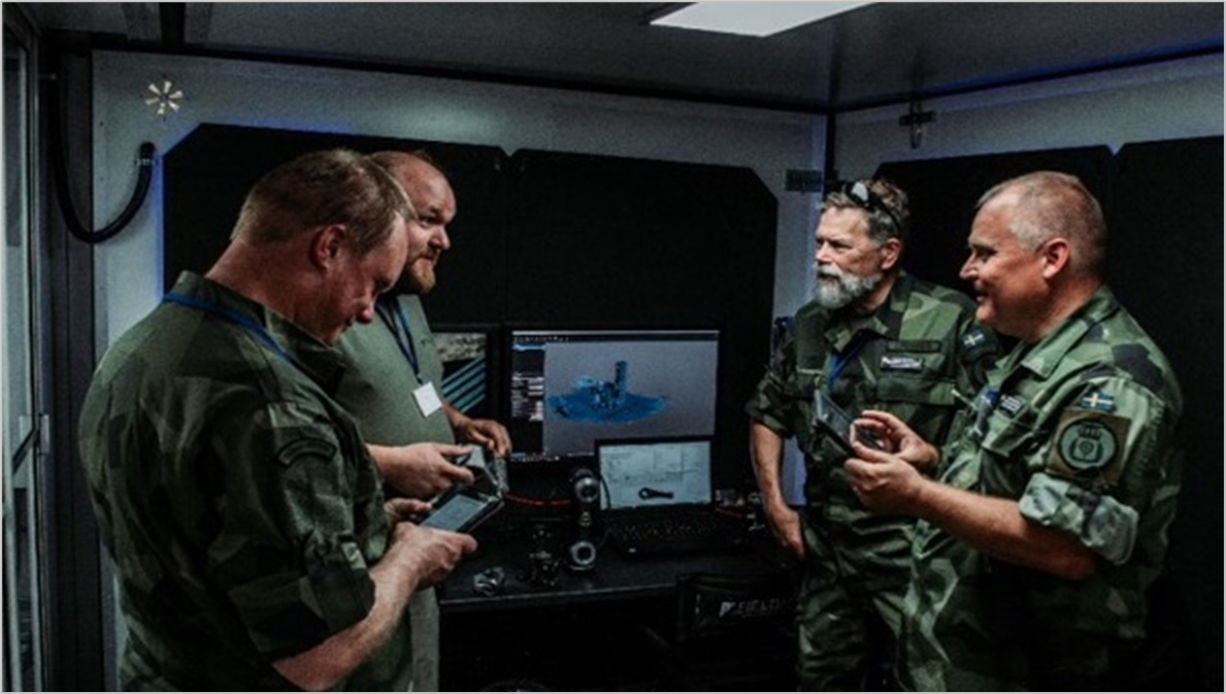
The Nomad® LW – Technical Features
The final specification incorporated input from a wide range of end users and data from field trials.
Following feedback from suppliers and field testing, the final specification was signed and production of the Nomad® LW began in 2018, along with several other products in the Nomad range. Initially, six units were delivered in skids for final installation at the destination.
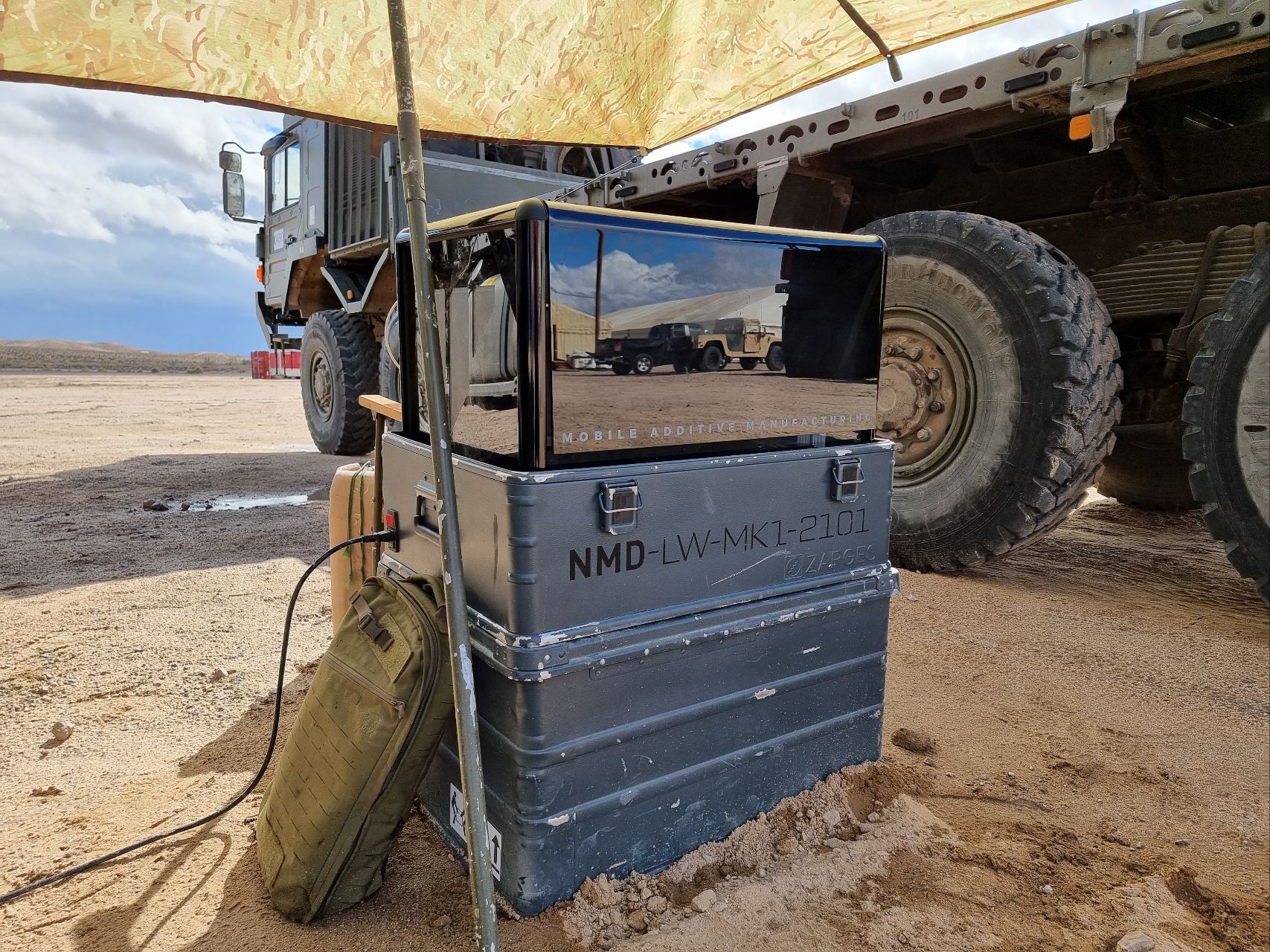
| process | Fused filament fabrication, continuous filament fabrication | |
| Construction volume | 320 x 152 x 154 mm (12.6 x 5.2 x 6 in) |
|
| footprint | 800 x 600 mm | |
| print bed | Kinematic coupling – flat to within 160 μm | |
| Materials | Available plastic materials | Onyx, Nylon White, P-PLA, S-TPU |
| Available continuous fibers | Carbon fiber, fiberglass, Kevlar®, HSHT fiberglass | |
| Component properties | Layer height | 100 μm standard, 200 μm maximum |
| Software | Options | Cloud and full offline versions available |
| Security | Two-factor authentication, org admin access, single sign-on |
Request a DEMO component now!
See for yourself how strong the components are.

Learn more about 3D printing with continuous fibers!
Which continuous filament is suitable for which application? How do I design correctly for filament 3D printing? What do users say about it, and where can I find more information? – You've come to the right place! We've listed several information sources that will help you get the answers you need.
If you'd like a demo, have questions, or need a quote, please leave us a message here:
Mark3D GmbH
Rodenbacher Straße 15
35708 Haiger
Phone: 07361 63396-00
E-mail: markforged@mark3d.de
World-leading companies use Markforged 3D printers
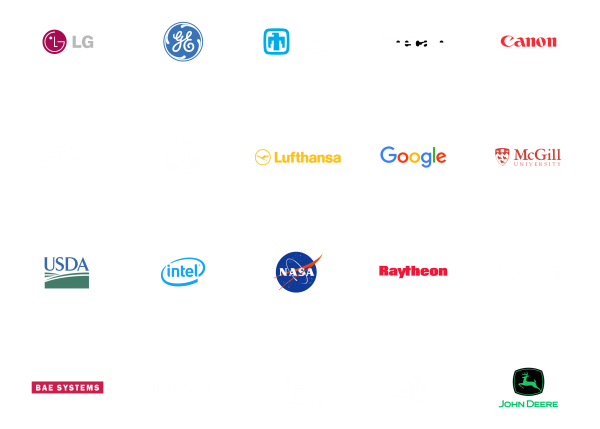
To contact us, please fill out our secure form.




